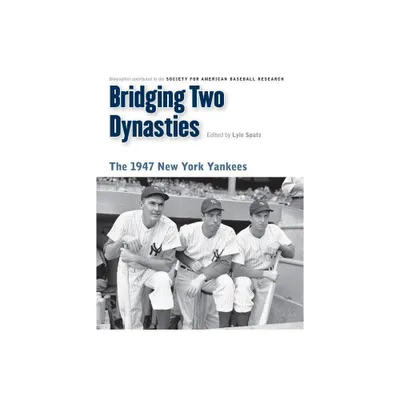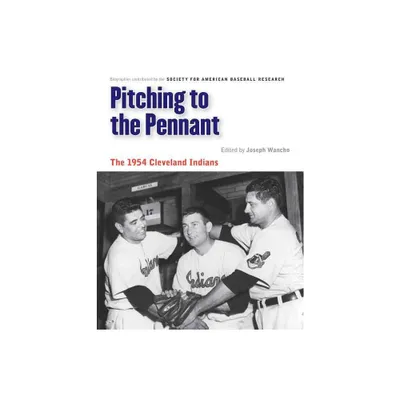Home
The Middle Atlantic League, 1925-1952: A Baseball History
Loading Inventory...
Barnes and Noble
The Middle Atlantic League, 1925-1952: A Baseball History
Current price: $29.95


Barnes and Noble
The Middle Atlantic League, 1925-1952: A Baseball History
Current price: $29.95
Loading Inventory...
Size: Paperback
*Product Information may vary - to confirm product availability, pricing, and additional information please contact Barnes and Noble
The small and midsized cities of western Pennsylvania, Ohio and West Virginia reached their peaks of population and prosperity in the second quarter of the 20th century. The baseball teams from these towns formed the Middle Atlantic League, the strongest circuit in the low minors and the one with the most alumni to advance to the majors.
This thorough history chronicles the MAL through three distinct phases from its 1925 inaugural season to its dissolution in 1952. During the first several seasons, most clubs hung one step from financial disaster despite support from local communities. Then the league flourished during the Great Depression as president Elmer Daily magically found investors and night baseball boosted working class attendance. Now enjoying a modicum of financial stability and an infusion of young talent, the clubs became talent farms for major league teams. Both the league and its cities went into decline as the country underwent seismic cultural and economic shifts following World War II.
This thorough history chronicles the MAL through three distinct phases from its 1925 inaugural season to its dissolution in 1952. During the first several seasons, most clubs hung one step from financial disaster despite support from local communities. Then the league flourished during the Great Depression as president Elmer Daily magically found investors and night baseball boosted working class attendance. Now enjoying a modicum of financial stability and an infusion of young talent, the clubs became talent farms for major league teams. Both the league and its cities went into decline as the country underwent seismic cultural and economic shifts following World War II.


















